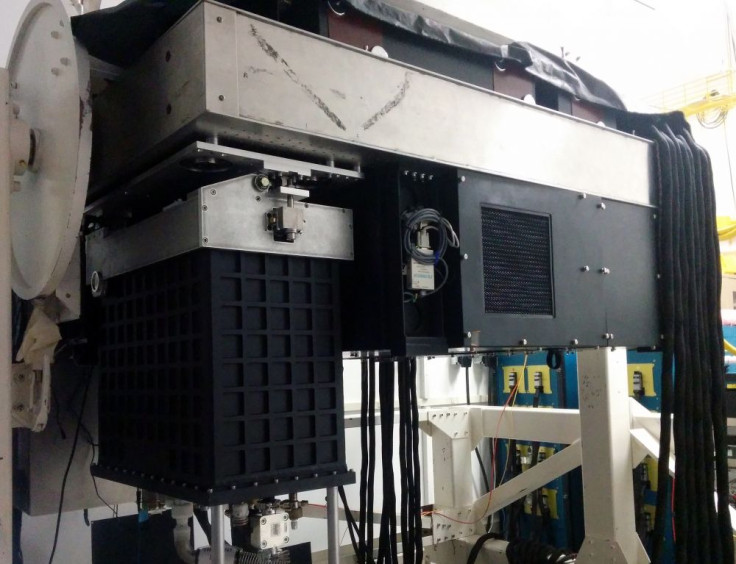DARKNESS, A Powerful 10,000-Pixel Camera To Capture Exoplanets Orbiting Nearby Stars

The search for exoplanets, aka Earth-sized rocky planets, is going to the next level, thanks to world’s largest and most advanced superconducting device, a 10,000-pixel camera that would directly snap exoplanetary candidates orbiting stars closest to our solar backyard.
Normally, most high-tech devices fail to capture potential exoplanets as in most of the cases, the planet is located close to its host star. This, combined with the brightness of the stellar body, makes it impossible for observatories to parse the light and photograph the object of interest.
However, the new super-advanced camera, dubbed DARK-speckle Near-infrared Energy-resolved Superconducting Spectrophotometer or simply DARKNESS, overcomes traditional detection drawbacks. It captures a whopping thousand frames per second without reading noise and dark currents — small electric currents that flow through photosensitive devices and act as the primary source of error.
In addition, the camera also helps scientists measure the wavelength and time taken by every single photon to arrive.
"This technology will lower the contrast floor so that we can detect fainter planets," physicist Benjamin Mazin, who led the team behind the device, said in a statement. "We hope to approach the photon noise limit, which will give us contrast ratios close to 10-8, allowing us to see planets 100 million times fainter than the star."
“At those contrast levels, we can see some planets in reflected light, which opens up a whole new domain of planets to explore,” Mazin added. “The really exciting thing is that this is a technology pathfinder for the next generation of telescopes."
How DARKNESS works?
Integrated with the 200-inch Hale telescope at the Palomar Observatory, California, DARKNESS serves as both a science camera and focal-plane-wave-front sensor. It measures light from the star and sends a signal to a rubber mirror which can change shape at a whopping 2,000 times a second. This clears up the atmospheric distortion that suppresses the starlight — causing the star to twinkle — and enables higher contrast ratio between the stellar body and the planet orbiting it.
The camera system has been tested on four occasions over the last year and a half, but all those experiments were to rule out the associated bugs. The team is working to improve the contrast ratio and will conduct further tests next month, focusing specifically on certain planets while demonstrating the performance of the device.
That said, DARKNESS will bolster our search for Earth-like worlds, some of which might host necessary conditions to support life. That would be a major discovery, but the team isn't stopping here. Their ultimate goal is to develop something similar for the Thirty Meter Telescope planned for Mauna Kea on the island of Hawaii or La Palma.
"With that, we'll be able to take pictures of planets in the habitable zones of nearby low mass stars and look for life in their atmospheres,” Mazin concluded. “That's the long-term goal and this is an important step toward that."
The work on the novel camera appears in a paper titled, "DARKNESS: A Microwave Kinetic Inductance Detector Integral Field Spectrograph for High-contrast Astronomy" which was published in the journal Publications of the Astronomical Society of the Pacific.
© Copyright IBTimes 2024. All rights reserved.











